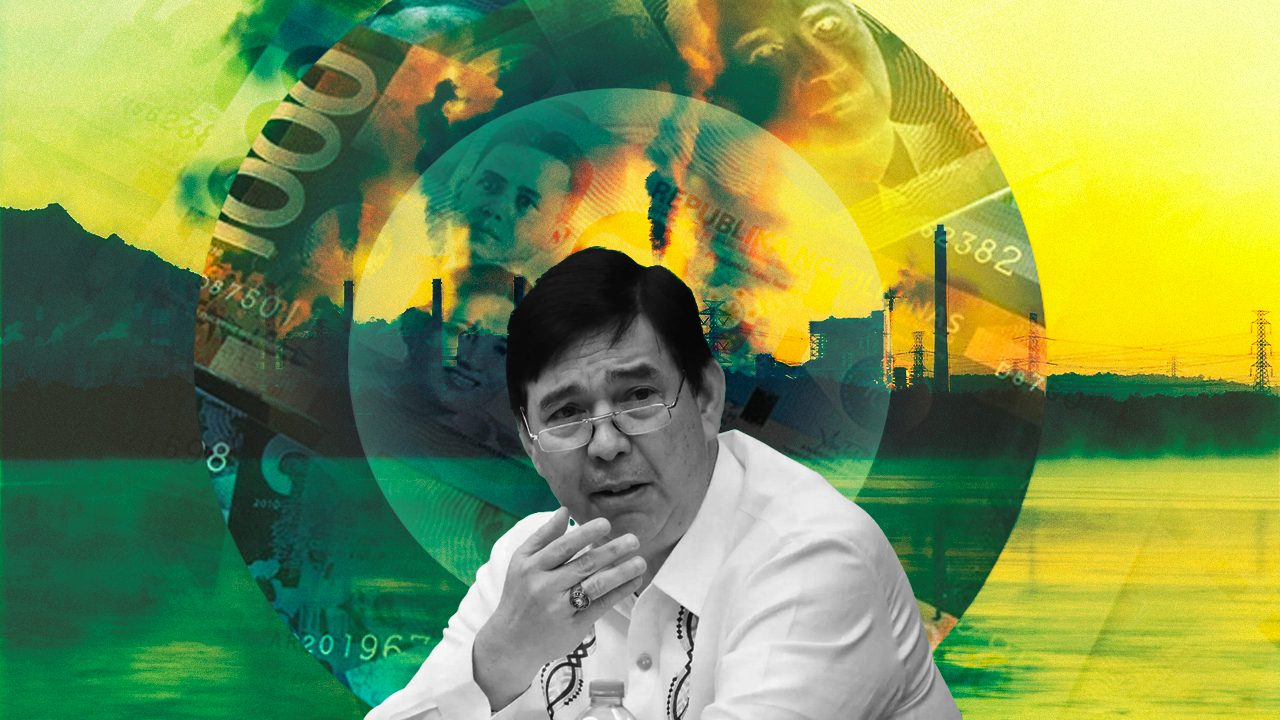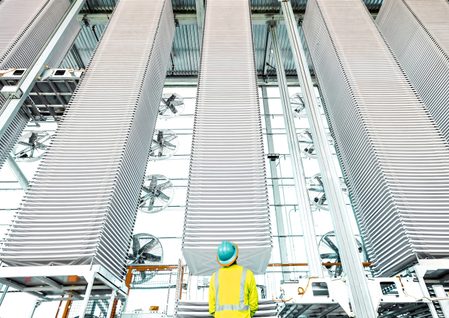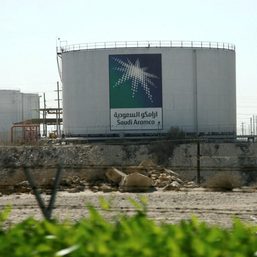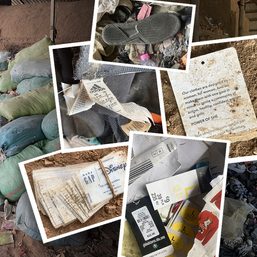SUMMARY
This is AI generated summarization, which may have errors. For context, always refer to the full article.

MANILA, Philippines – Newly appointed Finance Secretary Ralph Recto is calling for a study to make people and companies pay for the pollution they create in a bid to make the Philippines “move towards a greener future” and boost the country’s fiscal space.
Recto is looking at a study of what’s referred to as carbon pricing instruments, which refer to policy tools designed to look at the costs of carbon emissions and encourage the reduction of greenhouse gas emissions.
These policies basically put a price tag on carbon emissions, making emitters accountable for their contribution to global warming.
“Carbon pricing instruments serve as a powerful fiscal tool, allowing us to incorporate the social and external costs associated with carbon emissions,” Recto said during a technical working group meeting with environment agencies and multilateral lenders last January 16.
There are two main types:
Carbon Taxes
The World Bank defines carbon pricing as a straightforward fee on the pollution caused by using certain fuels or products. The more pollution a company or a household creates, the more they have to pay. This, in theory, encourages companies to find cleaner ways of doing things.
There are around 40 countries and over 20 cities that have some form of carbon pricing mechanism, according to the multilateral lender.
Since 2019, every jurisdiction in Canada has adopted some form of carbon tax. Each state has its own unique pricing system, but a national minimum standard is put into place.
The Canadian government imposes a regulatory charge on fossil fuels like gasoline and gas, and an output-based system for industries.
Territories decide on how to reinvest the collected taxes. Most provinces give most of fuel charge proceeds back to families through annual tax returns.
For households that upgrade to cleaner vehicles, they reduce their carbon taxes while still collecting incentives in full.
The main criticism for carbon taxes is that it may lead to increased costs for businesses and individuals and may disproportionately affect lower-income families.
Emissions trading systems
According to the International Energy Agency (IEA), emissions trading systems (ETS) allow governments to set a limit on how much pollution can be emitted. Should companies exceed the cap, they would have to trade permits to pollute.
Companies that can reduce pollution can then sell their “leftover” pollution permits to companies that find it harder to cut emissions.
The World Bank said caps create supply and demand for what’s referred to as emission allowances, and effectively establishes a market price for greenhouse gas emissions.
The government also has an option to auction emissions credits to the highest bidder, making it a good revenue source for infrastructure and social programs.
The European Union (EU) has an ETS, where companies in energy-intensive industries like oil refinery, aviation, and maritime transport are required to participate.
Revenues from the ETS are mostly put into national budgets. Member states usually allocate these in renewable energy and energy efficiency projects.
Some of the issues pointed out by the IEA include complexity in implementation, volatility of prices that result in business uncertainty, and even market manipulation.
Recto’s concerns
The Philippines’ Department of Finance underscored that the country’s contribution to global warming is a meager 0.48% of total global carbon emissions.
But the country has put forward an ambitious commitment of reducing emissions by 75% by 2030 under its Nationally Determined Contribution to the Paris Agreement.
Recto emphasized the need to extend the focus beyond mere transformations within industrial sectors, emphasizing research and development and incentivizing behavioral change.
He also said there is a need for extensive research for both policy and regulation to determine the best mode of carbon pricing for the Philippines.
“There is increased momentum in the establishment of carbon pricing systems in the Asia-Pacific region. This presents an opportunity for the Philippines to not only keep the pace, but to lead with determination,” Recto said. – Rappler.com
Add a comment
How does this make you feel?













![[ANALYSIS] Why do we pay higher power rates when we have power outages?](https://www.rappler.com/tachyon/2024/07/tl-higher-power-rates-higher-power-outages.jpg?resize=257%2C257&crop=401px%2C0px%2C1080px%2C1080px)





There are no comments yet. Add your comment to start the conversation.